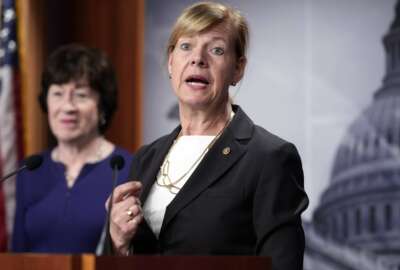By Suzanne Kubota
Senior Internet Editor
FederalNewsRadio.com
The Bureau of Land Management handles some 250-million acres of federal public land, mostly in the western United States.
As renewable energy sources like wind, geothermal and solar continue to grow, land will be needed for them to expand. BLM sees western public lands as a good fit.
Ray Brady, manager of BLM’s energy policy and renewable energy team tells Federal News Radio that there are already a variety of uses on BLM-managed land.
Recreation, hunting, and grazing are on public lands, said Brady, and “renewable energy is just one of those uses.”
According to Brady, wind projects have been on BLM lands since the early 1980s and geothermal “has been around for quite some time” but the first applications for solar projects were in 2005 with most of them from 2006-2007.
Solar projects receiving approval earlier this month, announced by Secretary Salazar, are just the latest in what Brady sees as a coming trend.
Solar technology is catching up with some of the technology that wind had previously. The costs for producing solar generation has gone down as technology improvements have been made. And then there is a variety of financial incentives that was passed by Congress.
And not just incentives. Congress, said Brady, also provided a goal for BLM of 10,000 megawatts of renewable energy to be produced on public lands by 2015. The five projects approved in the past two weeks represent 1,800 megawatts of capacity, said Brady, “so we’ve got a long way to go.”
Still, 2015 is enough time, said Brady. “We’ve got a goal that we’re striving towards. We think that we can meet that goal, and we have a lot of projects that we’re continuing to process.”
Copyright
© 2024 Federal News Network. All rights reserved. This website is not intended for users located within the European Economic Area.




